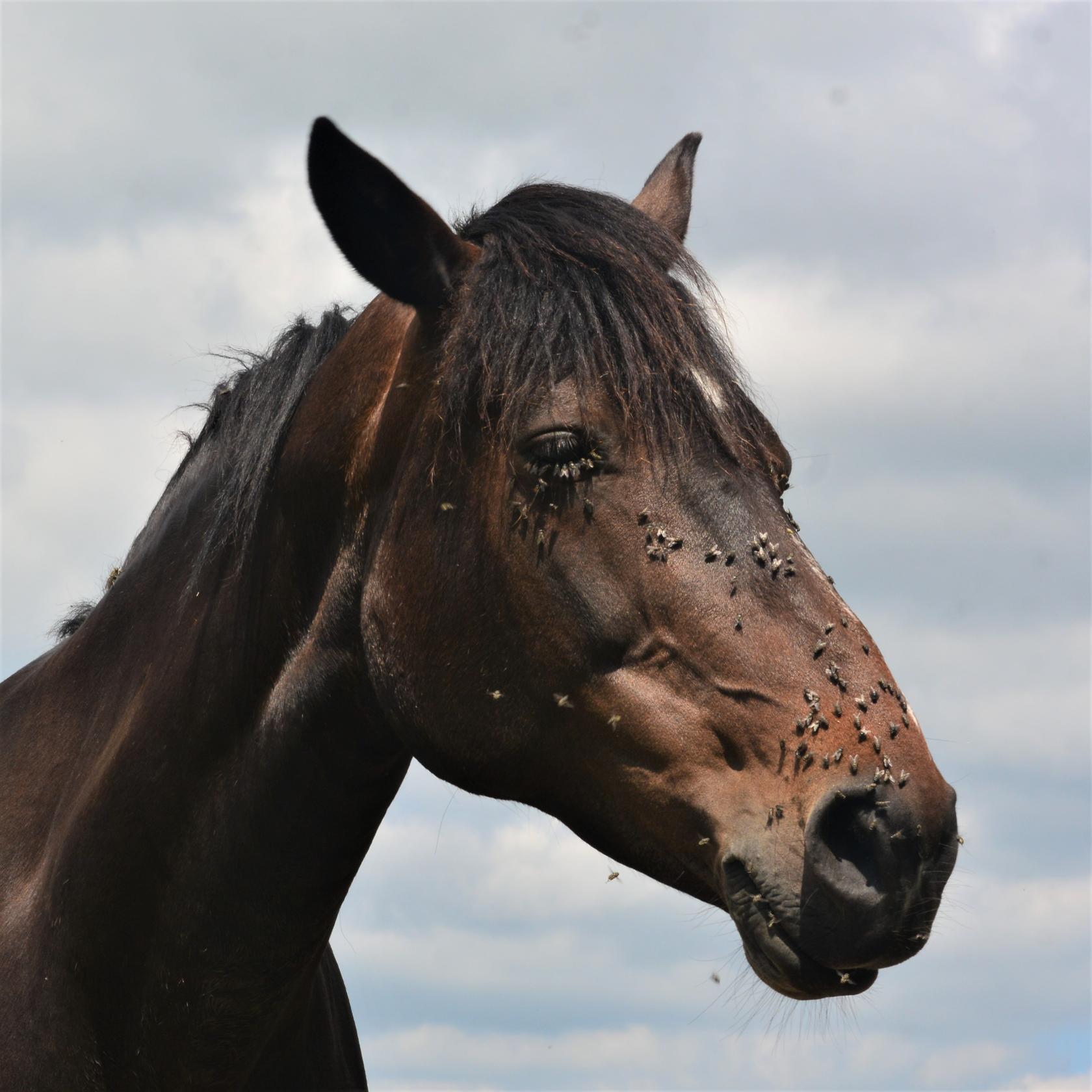Horseflies are a common nuisance to horses and humans alike, but did you know that these pesky bugs actually make nests? In this blog, we’ll explore what exactly horse fly nests are, how to spot them, and how to prevent them from taking over your property.
Do horse flies make nests

Horse flies may be pesky, but do they make nests? The answer is no—while some insects like bees and wasps do create nests out of wax or mud, horse flies do not.
They reproduce and lay their eggs in moist soil and organic matter, but the eggs are not grouped into a nest. That being said, the eggs do form a cluster, which can make it look like a nest from a distance. So, while horse flies may be an unwelcome presence in your home, you don’t need to worry about them building nests.
Understanding the habits and behaviors of horse flies
Horse flies, one of the most despised insects in the world, are notorious for their annoying and persistent behavior. But have you ever wondered if these creatures make nests? The answer is yes, horse flies do make nests – though they tend to be smaller and less elaborate than those of other insects.
Horse flies generally favor areas with plenty of vegetation, such as wetlands, grasslands, and marshes. They will often lay their eggs in the moist soil found in these areas, preferring areas with a high degree of moisture and humidity.
Interestingly, the female horse fly will often lay her eggs near the resting or feeding ground of the host animal, such as a horse or other livestock. This behavior helps to ensure that the larvae, which hatch from the eggs, have plenty of food sources when they emerge.
The different types of nest-making horse flies
Horse flies have a fascinating way of making their nests; though you may not realize it, these flying insects are actually quite the architects. Depending on the species, horse flies may either make a communal nest, where multiple insects will cohabitate, or individual nests, where each fly will have its own space.
The communal nests are typically found in sheltered areas, such as underneath vegetation or in cavities, and consist of a silky material made from saliva and plant fibers. The individual nests, on the other hand, are made in the ground, where the fly will dig a small tunnel and fill it with saliva and plant fibers. In both cases, the saliva is thought to act as a glue, which helps the fibers stick together and create a safe and secure home.
So, the answer to the question, “Do horse flies make nests?” is a resounding yes!
The benefits and risks associated with horse fly nests
Horse flies are known for their irritating buzzing and painful bites, but did you know that they also build nests? Although it may seem like an odd choice for a pest, building nests can have its advantages.
Let’s explore the benefits and risks associated with a horse fly nest. The primary benefit of a horse fly nest is that it provides shelter for the insects from the elements.
This means the population can survive longer in a given area, potentially leading to more bites and buzzing. Additionally, the nest can also act as a source of food for the horse flies, which can help the population to thrive. However, there are also a few associated risks.
However, there are also a few associated risks. Horse fly nests can be difficult to locate and remove, as they are often located in hard-to-reach areas. This means that they can be difficult to control, and can be a nuisance if they remain in your yard or home.
Additionally, they can be breeding grounds for other pests, such as ticks and fleas, which can lead to additional problems. In conclusion, horse fly nests can provide some benefits by providing shelter and food for the insects. However, they also present some risks, such as the difficulty of removal and the potential for other pests to take up residence. If you find a horse fly nest in your home or yard, it’s best to contact a professional for assistance in safely removing it.
How to control and prevent horse fly nests
Do horse flies make nests? Absolutely!
These nests can be found in areas of dense vegetation, near water, and in manure piles. To help control and prevent horse fly nests, it is important to keep grass and weeds trimmed and to remove any standing water sources.
Additionally, if you find a horse fly nest, you can use insecticides or other bug sprays to help reduce the population.
Final Touch
No, horse flies do not make nests. Rather, they lay eggs in moist and warm environments such as mud, manure, or compost. The eggs hatch into larvae and feed on decaying organic matter until they reach adulthood, when they become flying adults.
Horse flies are known to bite humans and animals, making them a nuisance. It is important to take precautions to prevent them from breeding in your environment.